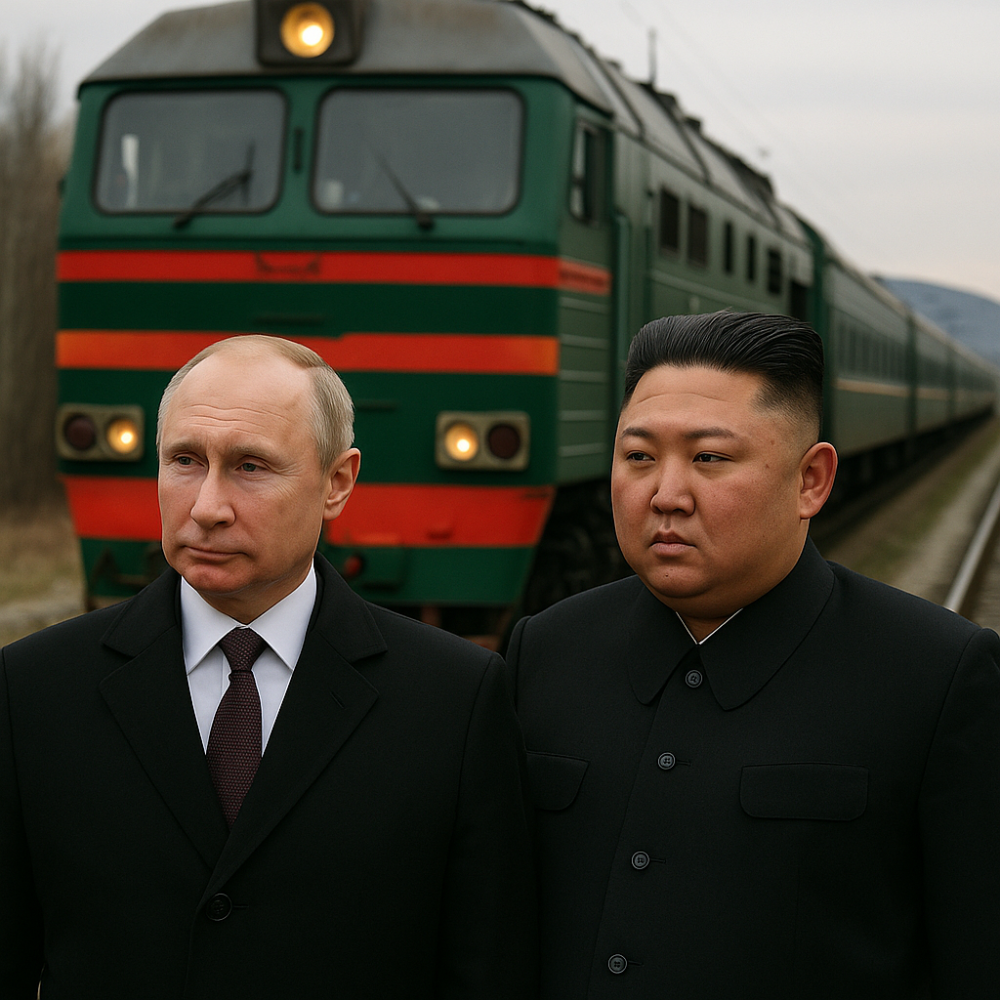
In a move raising global eyebrows, Russia and North Korea have agreed to resume a historic 10,000-kilometre-long train route, rekindling a Cold War-era railway corridor. The revival of this massive rail service has sparked speculation of a deeper strategic and possibly military alliance between Russian President Vladimir Putin and North Korean leader Kim Jong-un.
The train service, which had been suspended for decades due to political tensions and deteriorating infrastructure, is expected to run from Russia’s far eastern regions to deep into North Korea. This ambitious route will not only facilitate economic exchange but also offer a critical land-based logistics line, bypassing Western sanctions and surveillance that dominate sea routes.
This development comes at a time when both Russia and North Korea face increasing isolation from the West. With Russia embroiled in its prolonged war with Ukraine and North Korea under tight international sanctions due to its nuclear program, the rekindling of bilateral transport links appears more than a mere economic move.
Analysts suggest that the route could serve military and intelligence purposes, including discreet arms transfer, troop movement, and joint infrastructure development in border regions. While there is no official confirmation of military collaboration, satellite intelligence and diplomatic sources indicate increased movement near key rail hubs on both sides.
Russia, heavily sanctioned by NATO and its allies, may be turning to Pyongyang as a rare partner willing to engage without Western interference. In return, North Korea could gain access to Russian oil, grain, technology, and possibly military aid.
“The railway is not just steel and tracks — it’s a geopolitical lifeline,” said a senior Eurasia analyst. “Given the nature of both regimes, every logistical decision has a security dimension.”
The West has yet to formally respond, but insiders suggest that NATO intelligence teams are monitoring the project closely. Any indication of weapons exchange or joint military drills could prompt further sanctions and heightened tensions across Asia and Eastern Europe.
In conclusion, while the official narrative revolves around trade and regional cooperation, the scale, timing, and context of this train route suggest a deeper strategy in motion — one that could reshape the power dynamics in the Asia-Pacific.